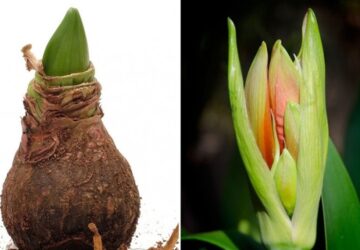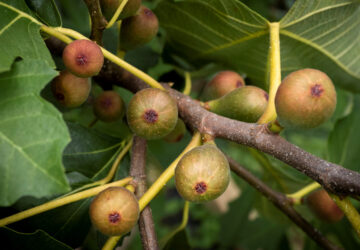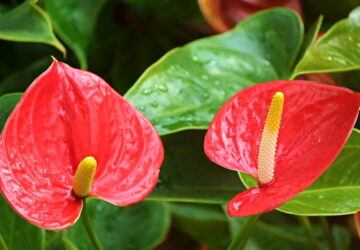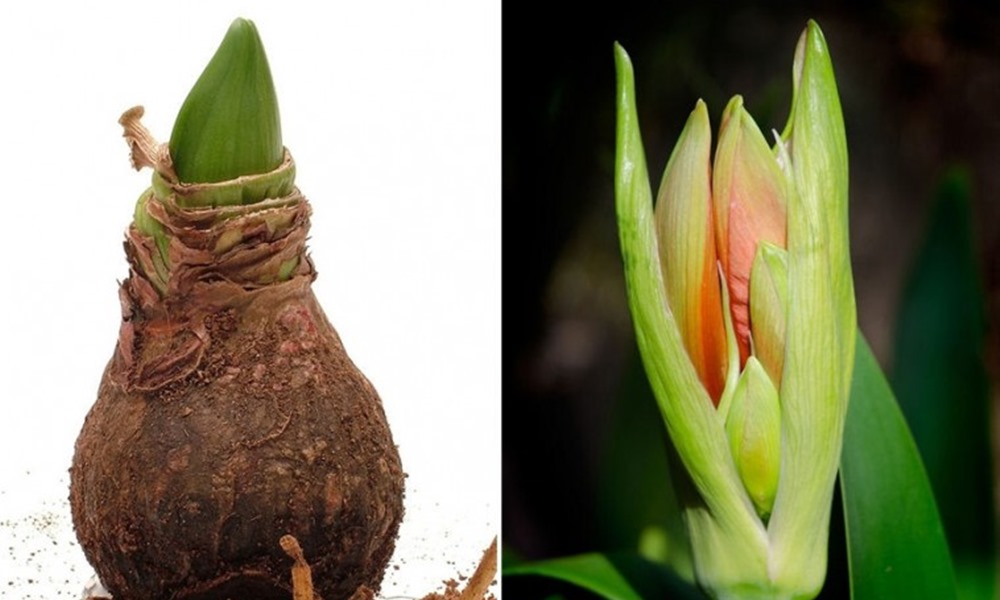Amaryllis, the captivating South African beauty, has the power to brighten up your home during the gloomy winter days with its stunning flowers. But what happens once those blooms fade away? If you’re a proud owner of an amaryllis and wish to witness its vibrant blossoms again, you’re in the right place. In this guide, we’ll delve into the art of post-bloom amaryllis care, ensuring your plant thrives and dazzles season after season.
Amaryllis: Nature’s Gift to Your Home
Amaryllis is undoubtedly one of the most beloved gift plants, and with good reason. This radiant gem from South Africa boasts rapid growth, weeks of breathtaking blooms, and graceful, long, lance-shaped leaves that remain even after the flowers have faded. If tended to with care, your amaryllis can continue to adorn your space with its lush foliage for months on end. However, it’s essential to provide it with the right care during this post-bloom phase, enabling it to gather the energy needed for its next spectacular show.
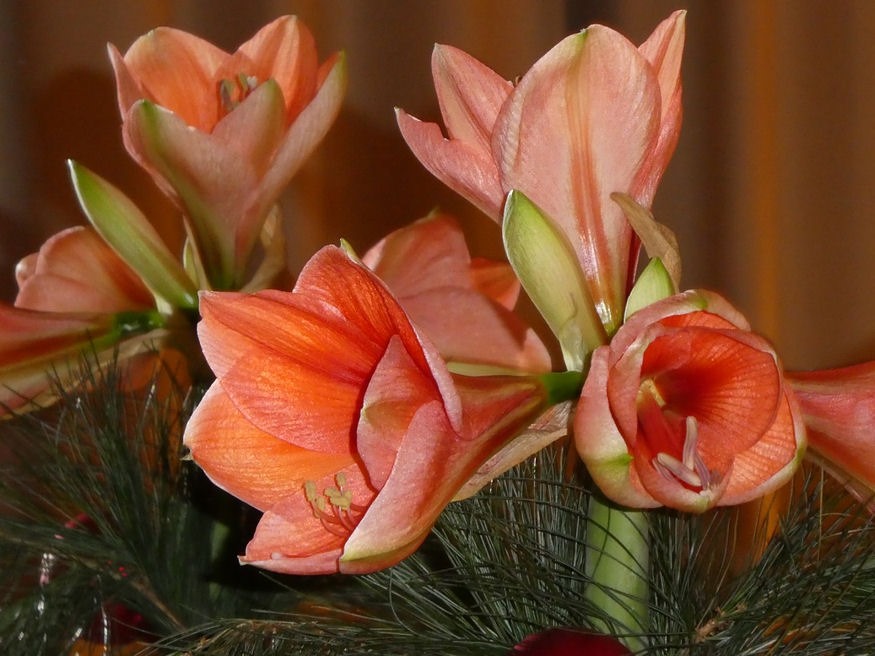
Post-Bloom Care for Amaryllis
When winter’s chill permeates the air and the world outside seems draped in gray, potted amaryllis plants grace stores with their attractive, nodding flowers atop sturdy stems. Even after the flowers have run their course, this plant can maintain its allure. After the flowering spectacle, amaryllis’s care requirements shift to a more relaxed tempo. The critical element here is ensuring a prescribed period of rest for the bulb, paving the way for future blooms.
As the amaryllis continues its post-flowering phase, don’t despair over the faded blossoms. The bright green leaves, basking in the sun’s energy, are hard at work preparing the plant for its next floral performance. This phase marks active vegetative growth, demanding consistent watering, feeding and abundant sunlight.
Immediate Post-Flowering Steps
- Trim the Stalks: After the flowers have completed their cycle, trim the flower stalks, leaving about 3-5 cm above the bulb.
- Choose the Right Spot: Place the potted plant on a sunny windowsill where temperatures range from 18 to 21°C.
- Water Wisely: Water the plant when the soil’s surface appears dry.
- Feed Regularly: Provide a water-soluble plant nutrient solution every 2-3 weeks to ensure the leaves stay vibrant and perform vital photosynthesis.
Spring Care for Amaryllis After Flowering
As winter makes way for warmer, sunnier days, consider moving your amaryllis pot outdoors. However, transition it gradually to prevent shock. Over a week, lengthen the time it spends outdoors.
Continue with the same watering and feeding routine, though outdoor exposure may require more frequent watering due to increased sunlight. Keep a watchful eye on soil moisture levels.
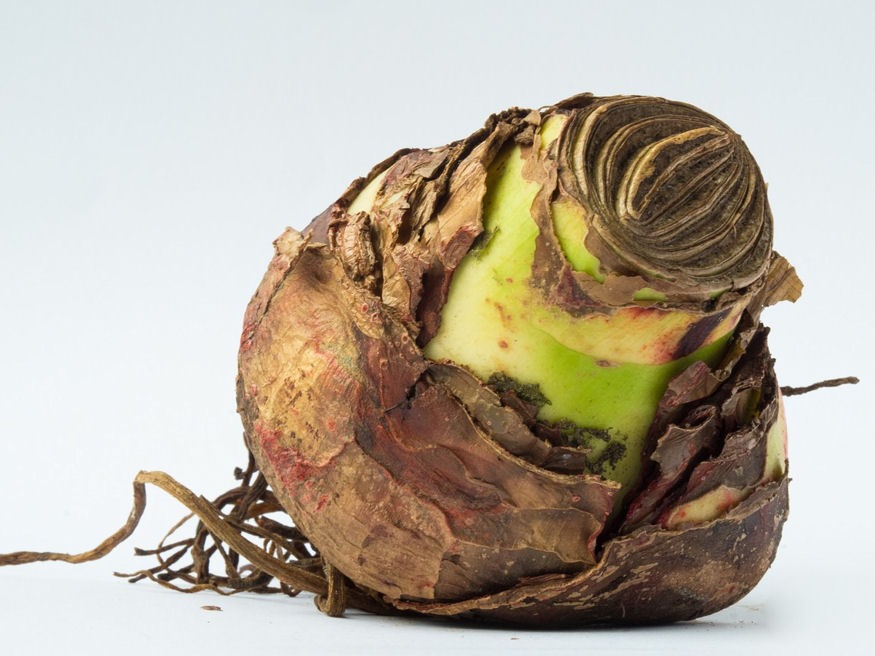
The Importance of Dormancy
For most bulbous plants, including amaryllis, a rest period is essential before the next bloom. Dormancy naturally occurs in response to lower temperatures. For amaryllis, this means subjecting it to 10°C for 8-10 weeks to trigger another flowering cycle.
To induce dormancy:
- Choose the Flowering Time: Determine when you want the plant to bloom next. To have it flower in December, stop watering in September.
- Wilt and Wither: Gradually, the leaves will wither and dry up. At this point, move the plant to a dimly lit location.
- Prepare for Rest: Once the leaves have turned brown, trim them, remove the bulb from the soil, wash it and prune the roots slightly. Then, place the bulb on its side in a cool, dry, dark room. For guaranteed flowering, this rest period should last a minimum of 8 weeks.
In conclusion, nurturing amaryllis between two blooming cycles is not a complex task. With the right care and attention, you can ensure your amaryllis continues to grace your home with its resplendent blooms season after season. Happy gardening!
